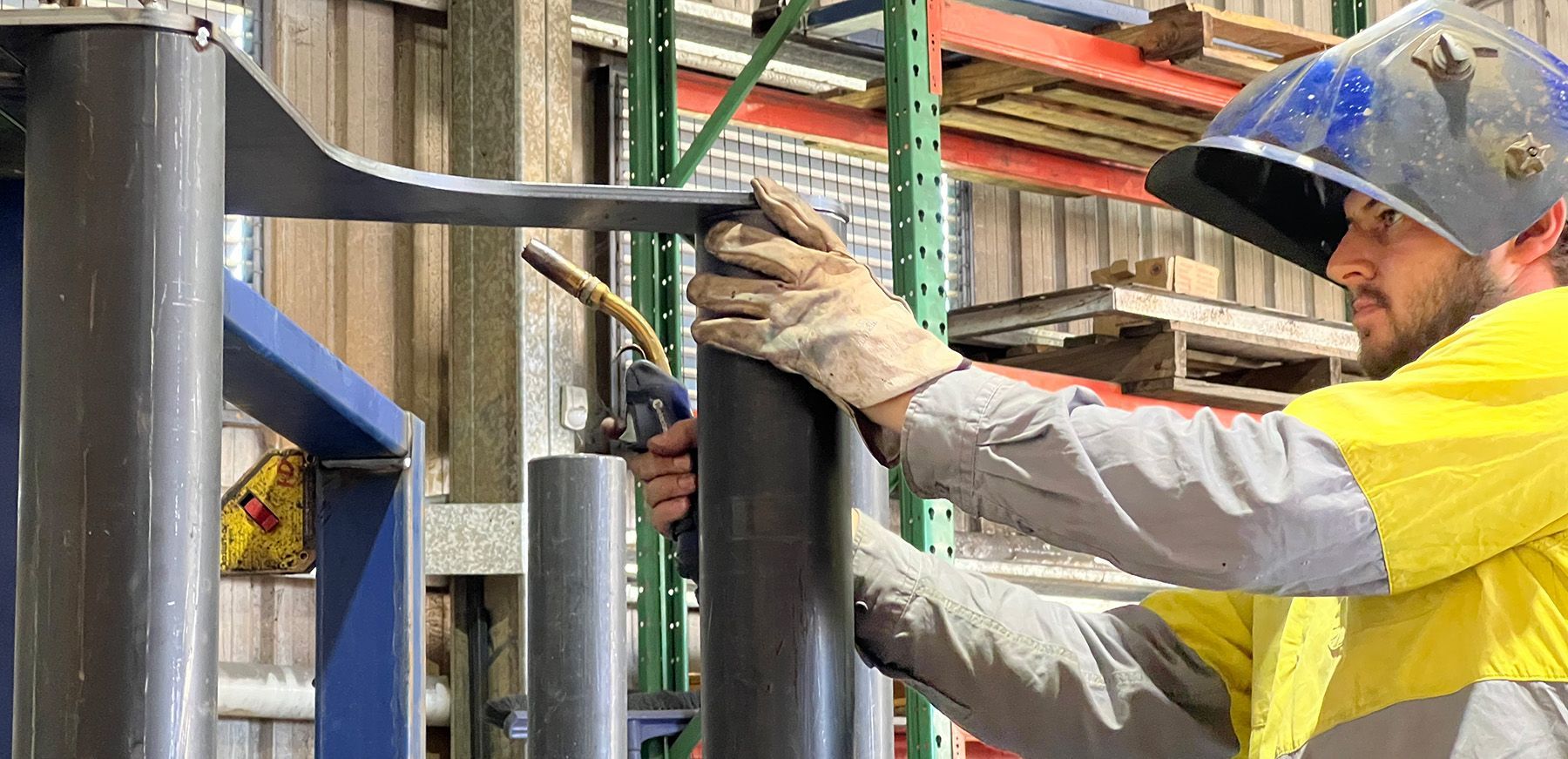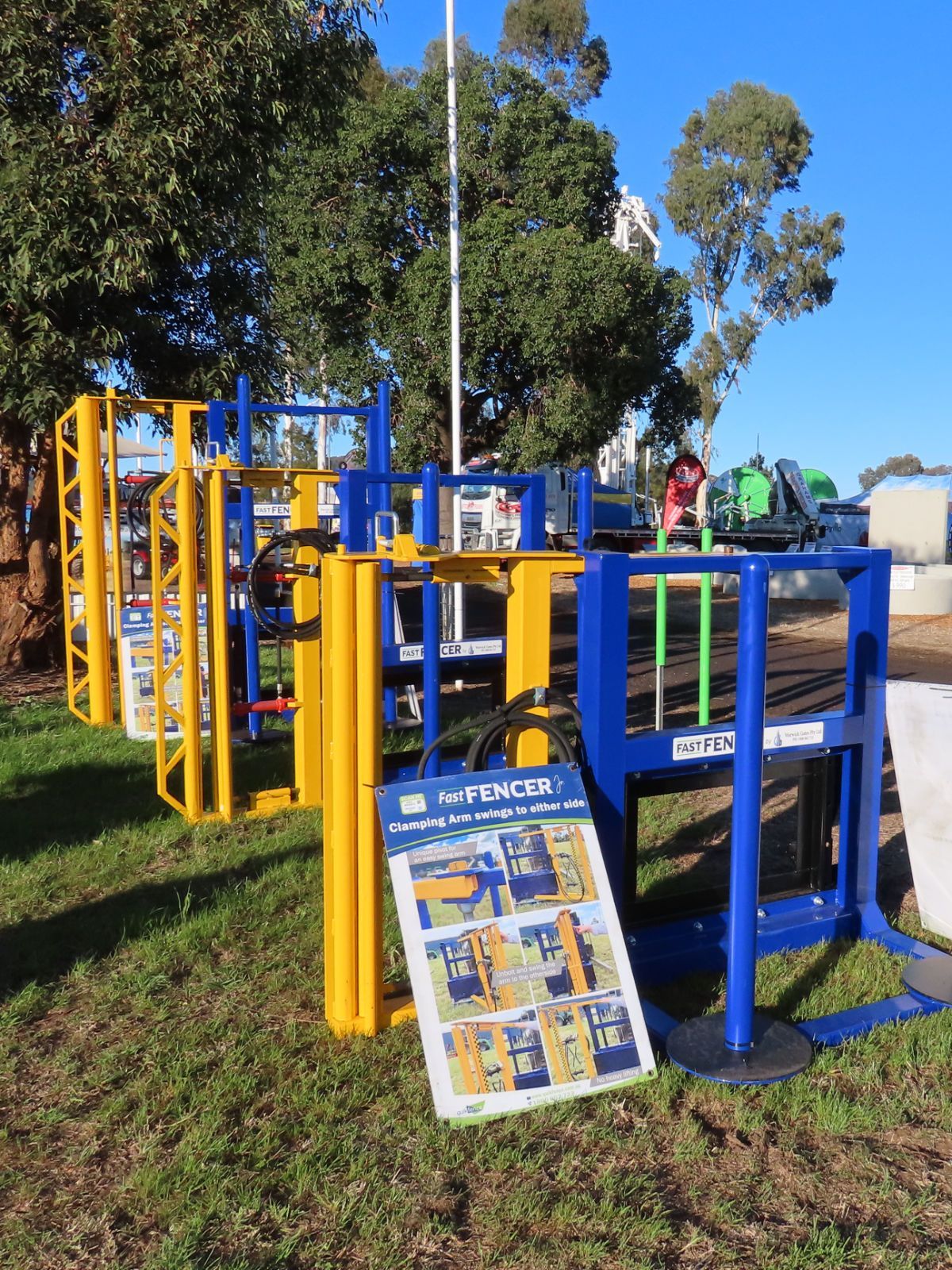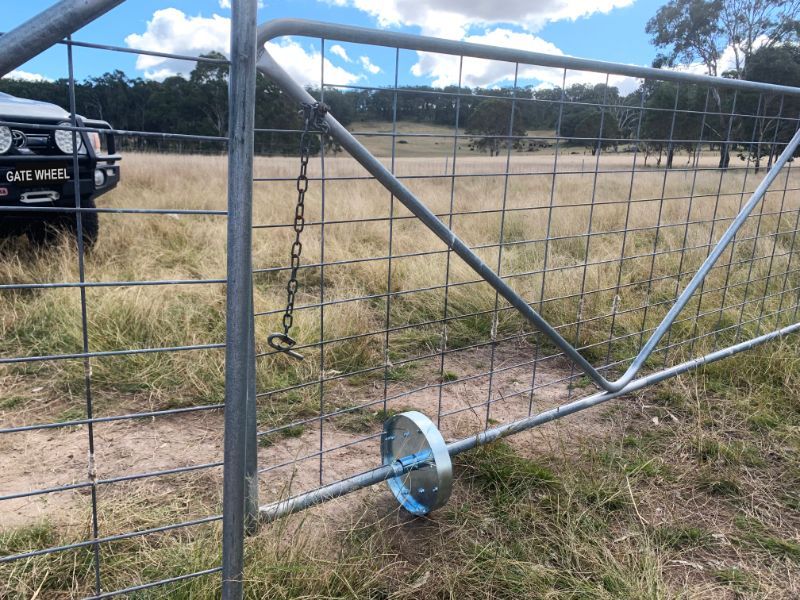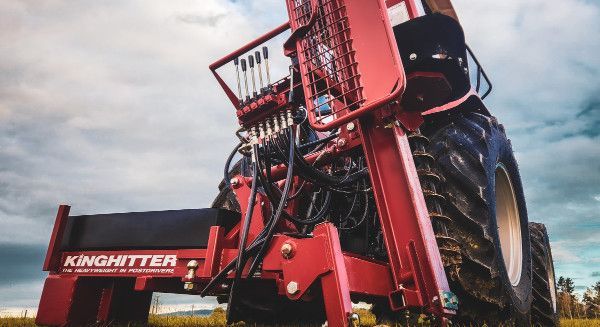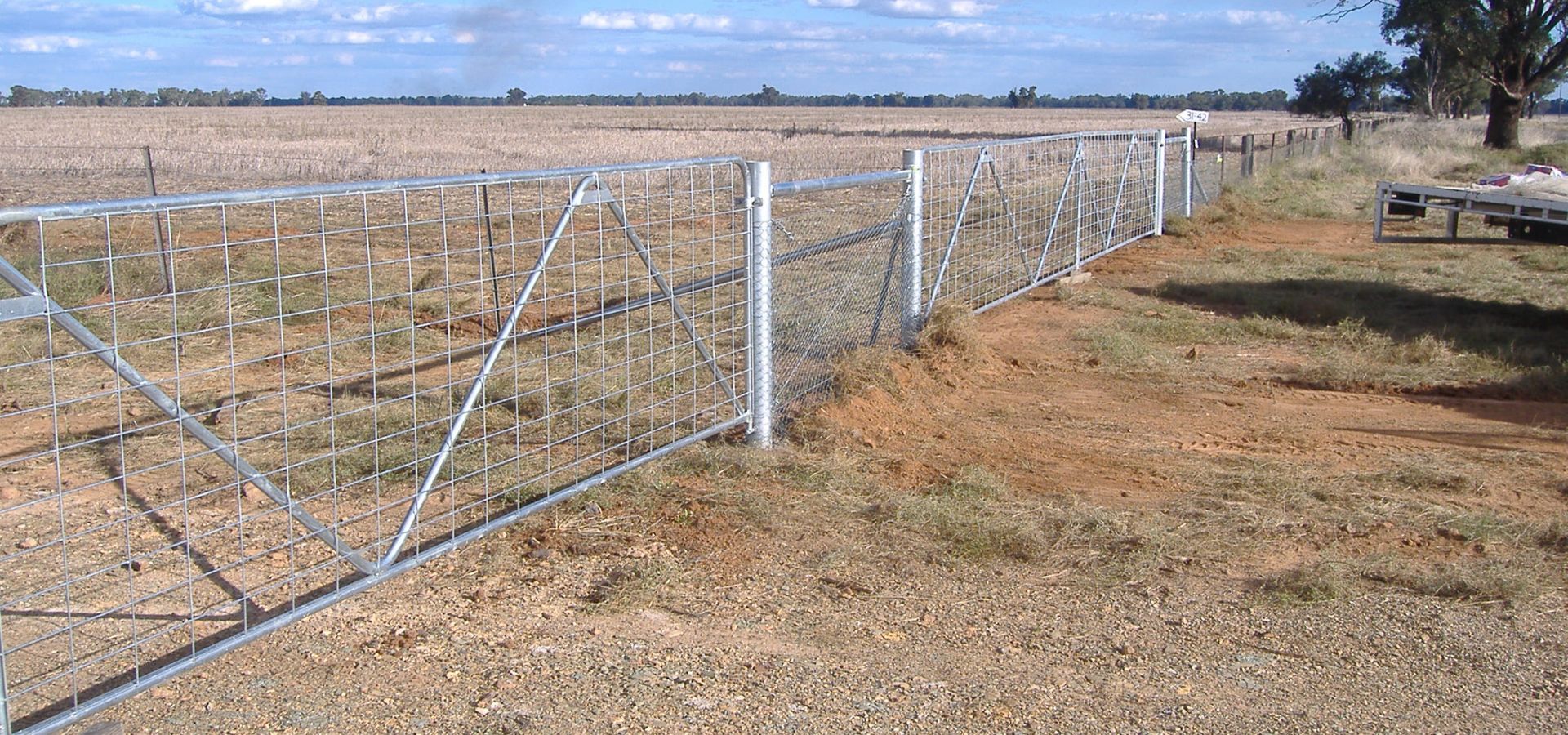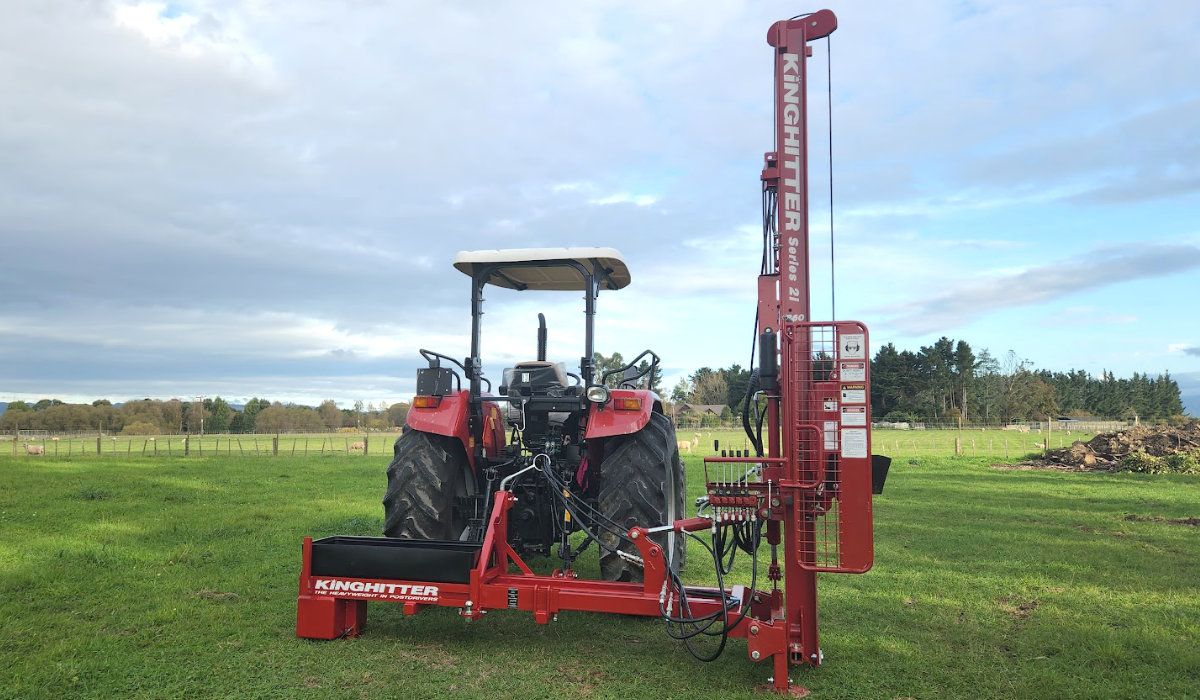Confused About Your Next Fencing Project? - Quikfence
A few tips to prepare for your next rural fencing project
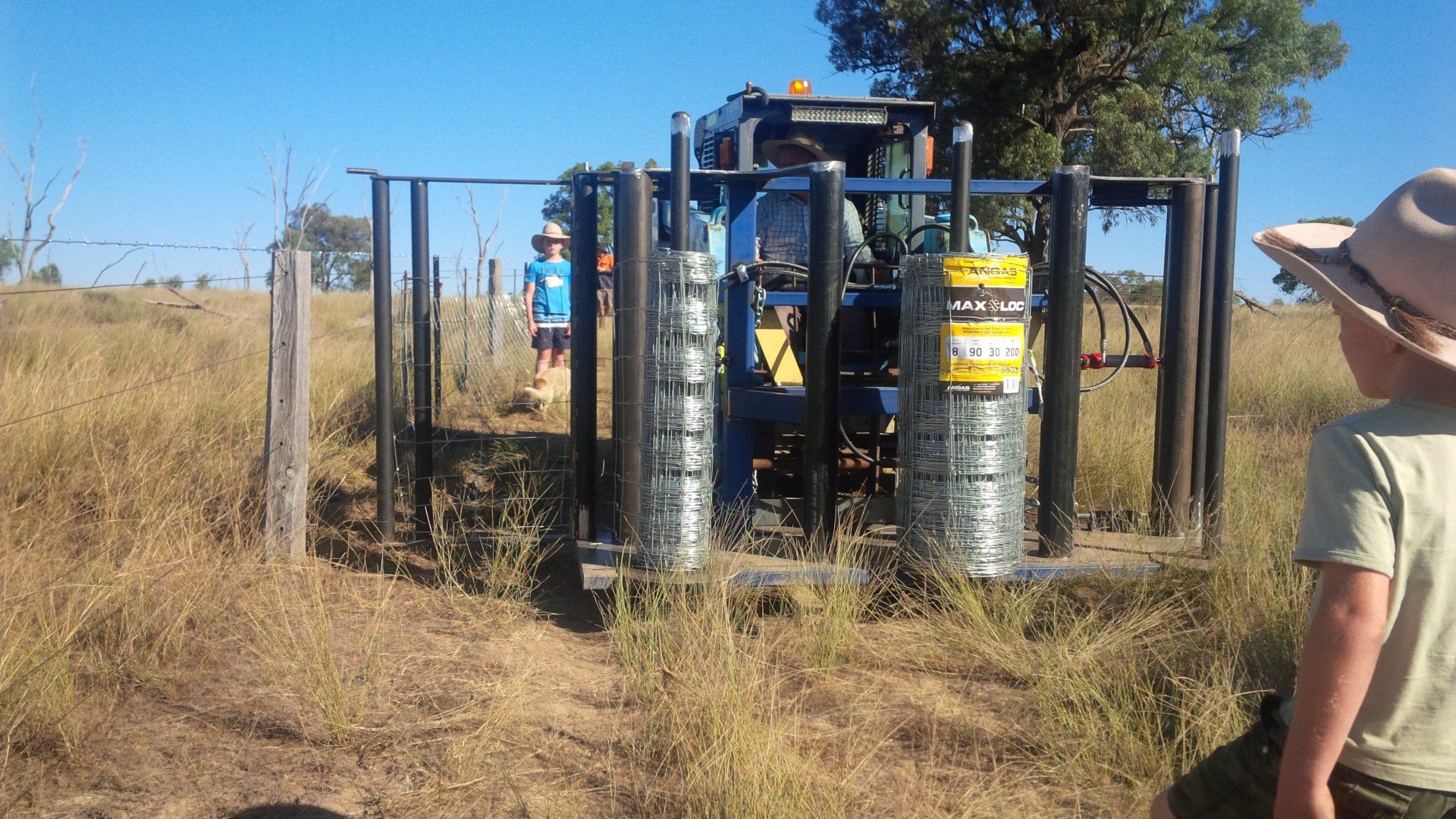
Fencing can be a time consuming, expensive and a lot of hard work. Options include the DYI model, or hire an experienced Fencing Contractor while you get on with what you normally do.
An experienced Fencing Contractor will get the job done quicker, and likely produce a better fence than the average farmer. After all it’s what they do, and it’s a tough job. Recent weather events have created a shortage of available Contractors as they are run off their feet repairing and replacing flood damaged fences across the country. Ongoing wet weather has exacerbated this situation.
This is forcing is many farmers, and rural landowners down the DIY model to consider the best way to fence their property to protect their livestock, crops and homes. Depending on the size of your fencing project do you hire the equipment, which not always available, or do you buy.
Working on the basis your fencing project is going to take weeks, and not days, plus you know you are going to be this again at some stage, perhaps investing in equipment does make sense.
Here’s a couple of key points to consider as you prepare
- Size and length of rolls likely to be used?
Are you able to lift and move them around relatively easily, or is this going to be challenge? - How many people do I need to put the fence up?
This is good time to consider if you don’t have fencing machinery and equipment, how many people will I need? Also, the time you will need to pay for these people, verses the cost of buying the machinery. - Time, how much have you got?
Consider whether you have plenty of time, or do you need to get this done before the next harvest, wet season, stop damage to crops and stock from feral pests, etc. - Over a three, five or ten year period are you likely to fence again?
If the answer yes, the value of having your own equipment on hand when you need it usually greatly favours making a purchase. If not, consider the impact if you do not proceed with equipment purchase on the fencing project.
Ok, you’ve decided to purchase some fencing equipment, what to do next.
If it’s been awhile since the current fence was erected, consider has there been improvements on the available materials. Over recent years many manufactures have improved the longevity of there products, plus there are stronger and improved options are now available. Check around and ask leading suppliers what’s available.
Going to use fabricated (mesh wire) rolls
Fabricated or mesh rolls are ideal for exclusion fencing, external and internal fencing. Depending on the local feral pest situation, plus what you want to keep in, protect, will determine the height of the roll and whether you need an apron.
Best way to handle the fabricated rolls
Rolls of wire can be difficult to handle, seem to get heavier by the end of the day and the longer the project takes. To reduce fatigue, plus lift and handle the rolls of mesh, fencing equipment is available and has been around long enough to know which machines to trust.
What to know when purchasing fencing machinery
To get the best value out of your purchase for fencing equipment, ideally jot down what type and size rolls you are going to be using. Allow for different heights, and lengths and prepare for the longest, biggest and heaviest. Then consider how many rolls can you fit in on the fencing machine to make the purchase worthwhile saving you time and mucking about on the job.
Key points to check when purchasing a fencing machine;
- Check the machine has hydraulics that enable the equipment to lift the rolls.
Or do you need to manually lift and load the rolls? - A clamping mechanism to help tension the wire while you tie it off.
- Clamping mechanism on both sides of the machine so it doesn’t matter which way you run down the down line.
- Make sure the machine looks sturdy and has some weight about it. After all, fencing rolls can be quite heavy so, you don’t want something light that will not stand the test of time.
- Consider what parent machine the equipment is going on, and whether this will change down the track. Are there options for this from the fencing equipment supplier?
- The size of the project, the terrain and likelihood of redoing it again at some point.
The optimum way to go is, purchase equipment that can handle the future fencing needs not just todays. - Second hand resell value if you decide to sell after the you’ve completed the project.
The ability to sell the equipment at a good price after the project is completed is a good indicator of the value of the machinery. - The budget and available funds can determine which way you need to go.
- Back up and support from an organisation that is focused and has a depth of fencing equipment experience and manufactures their machinery locally in Australia.
If you would like to know more or get help on your next fencing project, contact QuikFence.
☎️ 1800 062 723
📨 info@quikfence.com.au
🌐 quikfence.com.au

